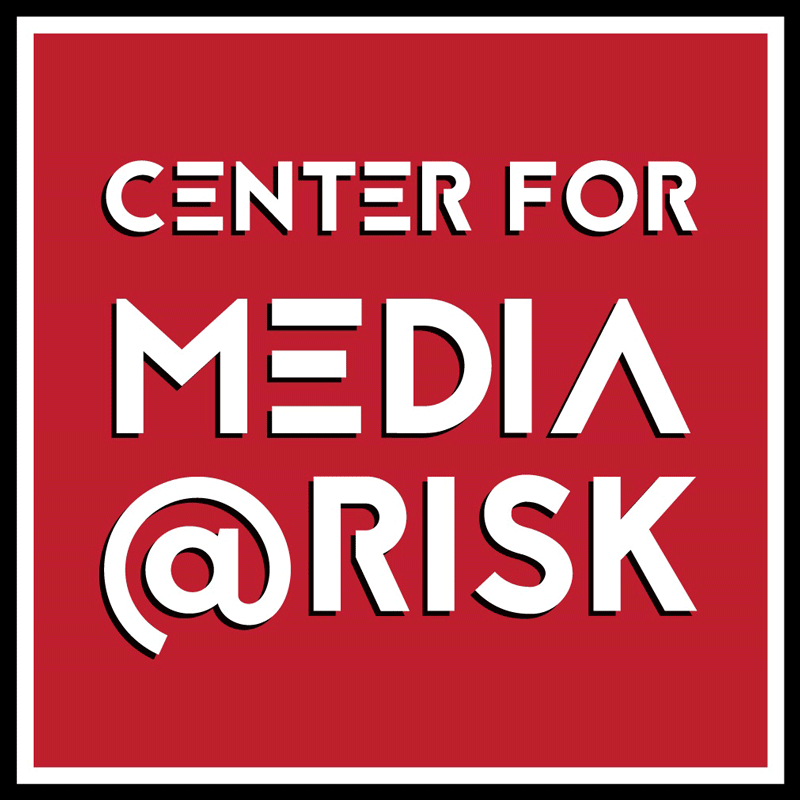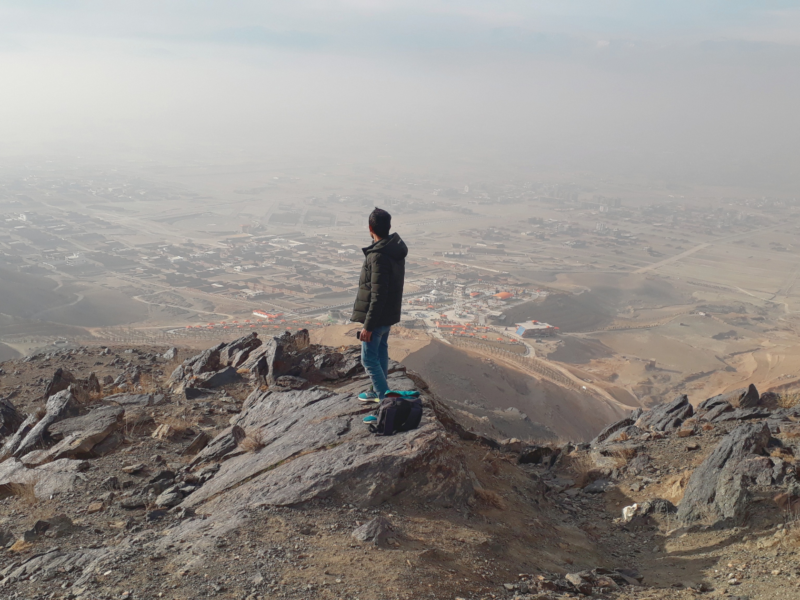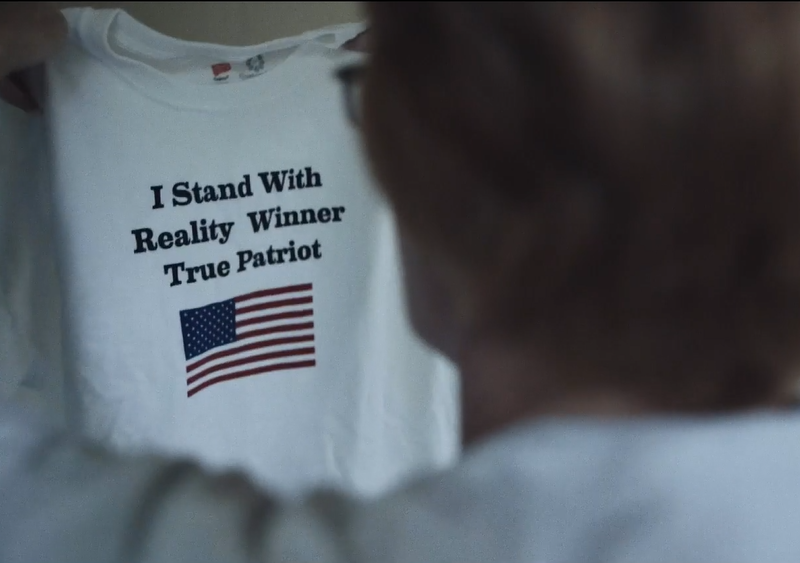
Trolling has become a powerful shaper of mainstream political discourse. In response, it is crucial that journalists produce comprehensive and critical news coverage of trolls. This report by Center Steering Committee Member Sophie Maddocks explores how journalists write about trolls and how coverage of trolling could be improved. The first part of this report identifies weaknesses in news coverage of trolls, finding a pattern of narrow and stereotypical reporting among many news outlets. The second part of this report offers examples of best-practice coverage that communicates vital information about the conduct of trolls without platforming their views and spreading their messages of hate. This report concludes with simple and broadly applicable recommendations for journalists who seek to report on hate without spreading it.
Introduction: When Trolls Hijack the Discourse
The 2016 U.S. presidential election—won by someone often referred to as “the troll in chief”—hailed trolling as a powerful shaper of public discourse. Two years later, analysis of racist trolling during the 2018 midterms confirmed that trolling is now “a mainstream form—if not the mainstream form—of political discourse” (Albright, 2019). Journalists’ coverage of trolls has been shaped by three impulses: A desire to cover the conduct of trolls, a need to amass as many page views as possible and “disgust” at inadvertently spreading trolls’ hateful ideologies. Trolls have capitalized on this new reality, engaging in attention-grabbing behaviors that spread their messages to ever larger audiences through news coverage (Davey & Ebner, 2017). Most recently, the trolling playbook has further shifted, now going beyond offensive messages designed to panic and polarize. Today’s trolls work to discredit the media as an institution (Fischer, 2019). This takes on many forms, from source hacking (Donovan & Friedberg, 2019) to threatening individual journalists (Reporters Without Borders 2018).
In the face of constantly shifting tactics, journalists today are faced with the deeply concerning reality that their coverage plays directly into the hands of trolls. The rise of Donald Trump and the rise of alt-right trolling are deeply entwined, and both happened right under journalists’ noses. With the dust settling on a four-year Trump presidency, now is the time to reflect on the pitfalls and problems of news reporting on trolls (Phillips, 2018). This report assesses the current state of press coverage on trolls, identifies common pitfalls in reporting and offers recommendations for journalists who seek to improve their coverage of trolling.

Common Pitfalls: Narrow Framing and Tired Tropes
Much coverage of trolling is event-based, focusing on specific trolling episodes. The emphasis on a singular offensive tweet or outrageous statement often leads to a narrow framing of trolling events that inadvertently platforms the troll. Donald Trump’s trolling of women is an example. In what became a recurring motif of his presidency, Trump verbally attacked and physically intimidated women throughout the 2016 election cycle. News reporting on Trump’s trolling of actress Stephanie Clifford (Stormy Daniels) demonstrates what happens when journalists adopt a narrow frame. One New York Times article at the time included a link to the president’s tweet and offered a mild critique, arguing that the word “horseface” was jarring and would hurt his chances with women in the upcoming midterms. This pattern of news reporting on identity-based trolling is typical: identifying the troll, hyperlinking its original comments and mildly critiquing its conduct. A different article, written on the same day and by the same journalist for the same newspaper, presented a more useful frame of Trump’s trolling of Stephanie Clifford: “‘Horseface,’ ‘Lowlife,’ ‘Fat, Ugly’: How the President Demeans Women.” These two examples demonstrate the dangers of narrow event-driven frames and the strengths of broad, context driven reporting.
Media frames are defined not just by what they include, but also by what they omit (Entman, 1993), and reporting too often underreports racist trolling events. Take the case of British politician Dianne Abbott. Over a single year, the longest-serving Black politician in the United Kingdom’s House of Commons receives almost half of all online abuse meted out in the House (Amnesty International, 2018). Many outlets ignore the abuse she receives, and when they do cover the story, it is framed in a way that chastizes Abbott for quoting the racist language trolls used against her. This “whitewashing” has major consequences, enabling trolls and silencing their victims.
Victim-blaming also surfaces in much reporting of trolls. Politician Diane Abbott was blamed for repeating the language of her trolls on air, but there were few attempts to investigate or hold accountable those who trolled her. Victim-blaming is enabled when journalists fail to include the perspectives of trolling victims, giving the public less than a full account of trolling’s deeply damaging impacts. Sometimes journalists make the troll out to be the victim, a practice called “victim-claiming” that is defined by legal scholar Mary Anne Franks as “a tactic abusers use to cast themselves in the role of the vulnerable” (Franks, 2019). This framing actively suppresses evidence of harm and platforms trolls instead of elevating the voices of their victims.
Tired tropes accompany the narrowed frames that characterize coverage of trolling. They tend to be applied to women and persons of color, depicting them in stereotypical ways. Since the announcement of her engagement to Prince Harry in 2017, actress Meghan Markle has experienced several years of abuse and harassment from the British tabloids. Racially coded language has invoked almost every possible offensive trope—from implying that she’s a “welfare queen” to casting her as the “angry Black woman.” One Daily Mail article referred to Markle as “Straight Outta Compton.” Tropes such as these play out across liberal, conservative, popular and elite newspapers’ reporting on trolls.

Recommendations: Reporting on Trolls without Spreading Hate
For some partisan news and opinion outlets, narrow framing and tired tropes are part of a conscious right-wing alignment. These outlets often support trolls’ actions, laying bare the complicity between right-wing news outlets and alt-right trolls. For outlets seeking to be non-partisan, narrow frames and tired tropes can be interpreted as an over-functioning of the professional code. The “professional code,” defined by Stuart Hall as “techno-practical” journalistic norms that operate independent of, but within the “hegemony of the dominant order,” orients journalists toward what purports to be neutral, balanced and event-driven reporting (Hall, 1973, p 16). But it also appears to have led to an inadvertent platforming and legitimizing of trolls. The following recommendations target outlets that seek to report accurately on trolling without platforming trolls or re-traumatizing their victims.
1. Investigate
Before producing coverage on trolling, journalists should first gather information about each troll. Rather than seeing them as a vast army of anonymous internet users, journalists should invest resources toward identifying individual trolls. Just one troll can significantly degrade public discourse on a particular issue and cause immense individual harm. Consider the trolls who produced pornographic deepfakes of investigative journalists Rana Ayyub and Maria Resa (Ayyub, 2018). News outlets that are willing to direct resources towards finding and exposing trolls can reverse the spread of misinformation, detoxify online spaces and protect their fellow reporters from severe online abuse. Consider asking instead: Have I examined the identity, background or circumstances of the alleged troll?

2. Involve Experts
As research on the prevalence and impact of trolling expands, it is important to incorporate quotes from experts in its coverage. Quoting from expert researchers ensures that the breadth and impact of trolling is explained and broadly contextualized. Journalists should also utilize their own expertise to shed light on the ways in which trolls seek to discredit journalists. Consider a HuffPost story framed around alt-right troll Chuck Johnson’s attempts to manipulate journalists: “Conservative Blogger Chuck C. Johnson Continues to Destroy Journalism.” Headlines like these sidestep the blow-by-blow nature of trolling activity and pivot instead toward its fuller explanation and contextualization. Consider asking instead: Are there experts on this issue whom I could quote?

3. Avoid Event-Driven Framing
When covering identity-based trolling, reporting should acknowledge the structural workings and historical roots of abusive online behavior. Trolling is rarely an isolated incident and is almost always indicative of broader attempts to silence or intimidate certain populations. Reporting should communicate trolling not as a cause but as a symptom of broader trends and critique the messaging behind trolls’ stunts. Good coverage of Meghan Markle’s experience with trolls would explain the racist and sexist double standards and tropes applied to Markle. Simply identifying each individual event as “sexist” or “racially motivated” does little to inform readers about the strategies of trolls and the context in which they operate. Consider asking instead: What trolling behaviors am I covering in this article and who is impacted by these behaviors?

4. Implicate Institutions
Media coverage of trolling should also reveal the complicity of social networks in silencing certain populations. Not doing so feeds into a broader pattern: Consider how tweets written by “self-identified African Americans are up to two times more likely to be labelled as offensive” (Sap et al., 2019). Implicating institutions helps explain the patterned mechanisms by which trolling unfolds. Consider asking instead: How did social networks respond to this event? How do their platform infrastructures and community guidelines shape trolling?

5. Platform Victims, De-platform Trolls
Coverage of trolling needs to center upon the experiences of victims. Because trolling works by intimidating and silencing victims, coverage provides an opportunity for victims to regain their voice and reassert themselves online. Coverage including quotes from victims helps communicate the severity of their experiences. Instead of publishing trolls’ abusive comments in headlines, journalists could include quotations from victims. This kind of framing has the potential to communicate the same information in a way that de-platforms trolls and shifts positive attention on their victims. Consider asking instead: How often is the troll named and quoted in this article compared to victims or victim-advocates?

6. Reject Tired Tropes
Reporters need to stop relying on tired tropes. The idea that trolls are “angry White men” ignores the growing number of women who troll. When trolling, women are too often framed as “Barbies,” “bitches” or “nurturing mothers acting on “maternal instinct,” which fails to communicate the seriousness of their behavior. Consider asking instead: Have I characterized this troll accurately and described consequent behavior comprehensively?

7. Challenge Whitewashing
Journalists should not overlook racialized elements of trolling. When they do, trolls become a conduit for both knowing and inadvertent racist reporting. Consider asking instead: Have I contextualized this story by referencing the disproportionate trolling of women and people of color?

8. Avoid Frivolous Formats
Journalists should not dismiss or minimize trolling behaviors as petty gossip or celebrity drama. Replacing listicles and gossip stories with more serious interventions better reflects the gravity of trolling. For example, one BBC multimedia piece on the Isabella Sorley trolling case in the UK included a powerful interview between the troll and a victim of trolling. Consider asking instead: How might a trolling victim feel about the format and tone in which I am writing?

Conclusion: From Outrage to Accountability
Although these recommendations seek to guide coverage of trolling, they are also applicable to other tactics used by the Alt-Right. When people or groups engage in attention-grabbing stunts, misinformation or abusive behavior, these recommendations offer simple ways to report without platforming. Contextualizing trolls’ actions, interviewing their victims and quoting experts can stop alt-right actors from hijacking a story. Although investigating trolls may be a resource-intensive option, low-resource solutions like quoting victims, implicating social networks and avoiding frivolous formats could be adopted without adding additional time or resources. Media have the power to influence the fate of trolls and their victims. This report urges journalists to change their framing of trolls, so that they can no longer exploit media norms to silence their victims, gain notoriety and influence news agendas. In this context, reflective and critical news coverage of trolling has never been more important.
Sophie Maddocks, a Steering Committee Member of the Center for Media at Risk, is a Ph.D. Student at the Annenberg School for Communication and a Research Fellow at the Netter Center for School and Community Partnerships. Sophie’s research explores individual, institutional and legislative responses to online abuse and gender-based violence. Sophie’s most recent publications focus on non-consensual pornography and deep fakes. Follow her on Twitter @Sophie_J_J
References:
Albright, J. (2018, June 11). “Opinion: Trolling Is Now Mainstream Political Discourse”. WIRED. Accessed January 9 2021, from https://www.wired.com/story/opinion-trolling-is-now-mainstream-political-discourse/
Amnesty International. (2018). #Toxictwitter: Violence and abuse against women online.
Ayyub, R. (2018, November 21). “I was the Victim of A Deepfake Porn Plot Intended to Silence Me”. HuffPost UK. Retrieved Jan 18 2020.
Berry, J. (2014) The Outrage Industry: Political Opinion Media and the New Incivility. Oxford: Oxford University Press.
Coles, B., and West, M. (2016). ‘Trolling the trolls: Online Forum Users’ Constructions of
the Nature and Properties of Trolling.’ Computers in Human Behavior, 60, 233-244.
Davey, J., and Ebner, J. (2017). “the fringe insurgency: Connectivity, Convergence and Mainstreaming of the Extreme Right”. Institute for Strategic Dialogue
Donovan, J., and Friedberg, B. (2019). “Source Hacking: Media Manipulation in Practice”. Data & Society Research Institute.
Ellis, E. G. (2019, April 26). “Nobody knows what ‘Troll’ means Anymore—Least of all Mueller”. Retrieved April 14, 2020 from https://www.wired.com/story/nobody-knows-what-troll-means-anymore-mueller/
Entman, R.M. (1993), “Framing: Toward Clarification of a Fractured Paradigm”. Journal of Communication, 43: 51-58.
Faris, Robert M., Hal Roberts, Bruce Etling, Nikki Bourassa, Ethan Zuckerman, and Yochai Benkler. 2017. “Partisanship, Propaganda, and Disinformation: Online Media and the 2016 U.S. Presidential Election”. Berkman Klein Center for Internet & Society Research Paper.
Fischer, S. (2019, September 17). “How reporters outsmart the internet trolls”. Axios. Retrieved December 8, 2020 from https://www.axios.com/reporters-trolls-news-media-misinformation-ae4a6e2a-1266-49bd-838e-d519588c66cf.html
Franks, Mary Anne. (2019). The Cult of the Constitution: Our Deadly Devotion to Guns and Free Speech. Stanford: Stanford University Press.
Hall, S. (1973). “Encoding and Decoding in the Television Discourse.” Media Studies. Issue 7.
Harris, M. (2015, June 14). “LOL KLANS”. Pacific Standard, Accessed January 9th 2021, from https://psmag.com/social-justice/the-ku-klux-klan-were-memelords
Ortiz, S. M. (2020). “Trolling as a Collective Form of Harassment: An Inductive Study of How Online Users Understand Trolling”. Social Media + Society.
Phillips, W. (2015). This Is Why We Can’t Have Nice Things: Mapping the Relationship between Online Trolling and Mainstream Culture. Cambridge: MIT PRESS
Phillips, W. (2018). “the oxygen of amplification: Better Practices for Reporting on Extremists, Antagonists, and Manipulators.” Data & Society Research Institute.
Reporters Without Borders. (2018). “RSF publishes report on online harassment of journalists”. Reporters Without Borders.
Sap, M., Card, S., Gabriel, S., Yejin, C., and Smith, N. (2019). The Risk of Racial Bias in Hate Speech Detection. doi:10.18653/v1/P19-1163.


